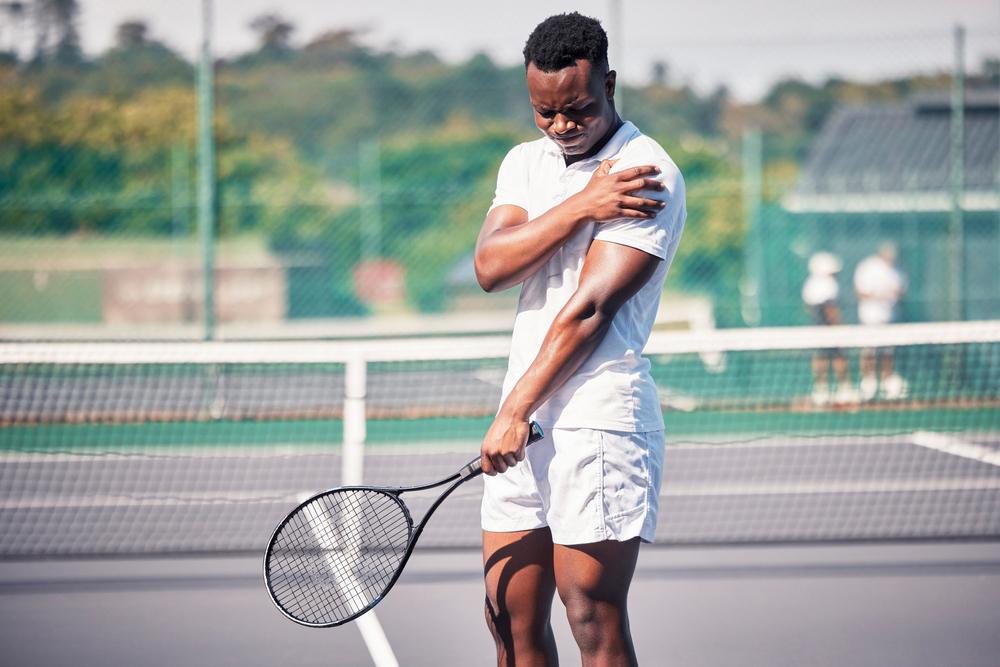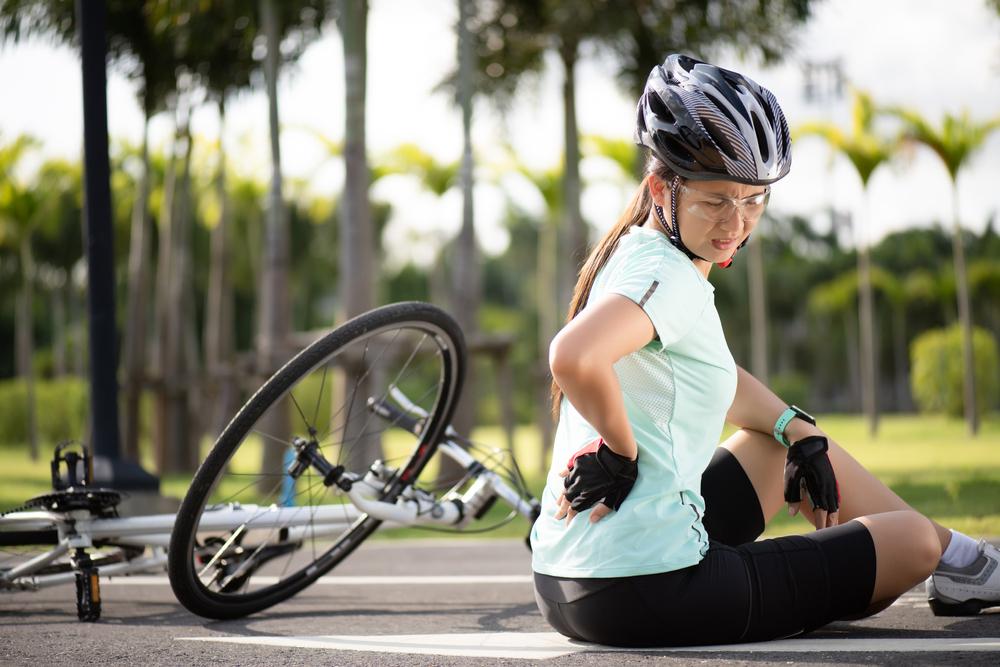 In sports, it’s easy to fall prey to the bogus mindset of ‘more is more’: that the number of hours of hard work an athlete puts into their sports, the exponentially better their skills will become.
In sports, it’s easy to fall prey to the bogus mindset of ‘more is more’: that the number of hours of hard work an athlete puts into their sports, the exponentially better their skills will become.
But research has repeatedly shown that scheduled periods of time for rest are mandatory for achieving peak performance in sport at any level, especially for youth athletes.
In addition to other things (like proper nutrition), these deliberate recovery periods should have a strong focus on getting better sleep and reducing the demand of training.
Sleeping for Strong Youth Sport Recovery
The importance of sleep and cognitive performance for teenagers (and everyone) has been heavily studied. Research has also shown that the amount of sleep youth athletes get can be connected to their likelihood of getting an injury.
In a study by the Connecticut Children’s Medical Center’s Matt D Milewski, MD, his team and the Children’s Hospital Los Angeles asked 7th through 12th grade student athletes questions related to their sport participation and how much sleep they normally got on a nightly basis. Their answers were then compared with their athletic injury history, which produced two key findings:
• The amount of sleep athletes received was associated to their likelihood of injury
• Older athletes had a much greater likelihood of injury
Milewski speculates that older athletes are more injury-prone due to the competition being bigger, faster, and stronger at those advanced ages. Factors like gender, amount of time spent playing sports per week or per year, having a private coach, and frequency of strength training did not have an association with increased injury.
In addition to the mental benefits of sound rest, sleep is the time when the body releases hormones to help repair and strengthen the body. While teenagers might seem like they can operate on less sleep than the rest of us, proper sleep habits are as important for youth athletes as a good training program or nutritional plan is.
Lightening the Training Load
Even though we might think of youth athletes as having highly resilient bodies that can recover quickly after a tough workout, they will eventually break down if every training session or workout is at maximum effort. True strength gains are often dependent upon lighter recovery workouts.
Avery Faigenbaum and Wayne Westcott, authors of “Youth Strength Training,” write that, “Since children and adolescents are still growing and developing, we believe that youth may actually need more time than adults for recovery between high-volume and high-intensity training sessions.”
This time is more than just off days, too. Just like a proper workout routine will have different movements scheduled on different days of the week, the intensity of each workout should also be deliberately planned and communicated to the athlete.
“Instead of simply taking a day off, our participants have less intense training sessions that include activities that facilitate recovery, enhance joint stability, improve range of motion, and reinforce learning of specific movement patterns,” Faigenbaum and Westcott write. “Since the greatest adaptations take place when the muscles have recovered from a previous training session, less intense training (LIT) enables participants to train hard when the muscles are at their strongest.”
How to Implement a Better Recovery Routine
With both strength and cardiovascular training, scheduled rest and lighter workouts are crucial to proper youth sport recovery for all athletes.
The athletes that Faigenbaum and Westcott train perform lighter intensity training sessions the day following an intense workout. These lighter sessions will have a focus on technique while still targeting major muscle groups. Often, they include the same types of exercises an athlete would do to recover from an injury in that area:
“We have observed that less intense training sessions that are sensibly incorporated into youth strength-training programs facilitate recovery and reduce the risk of injury while providing an excellent opportunity to reinforce key movement skills and optimize training adaptations.”
Again, teaching your athletes to establish a sound sleep routine is foundational. With solid sleep, they’ll recover quickly from what they do in the gym and from everything else life throws at them.
—
Sources:



